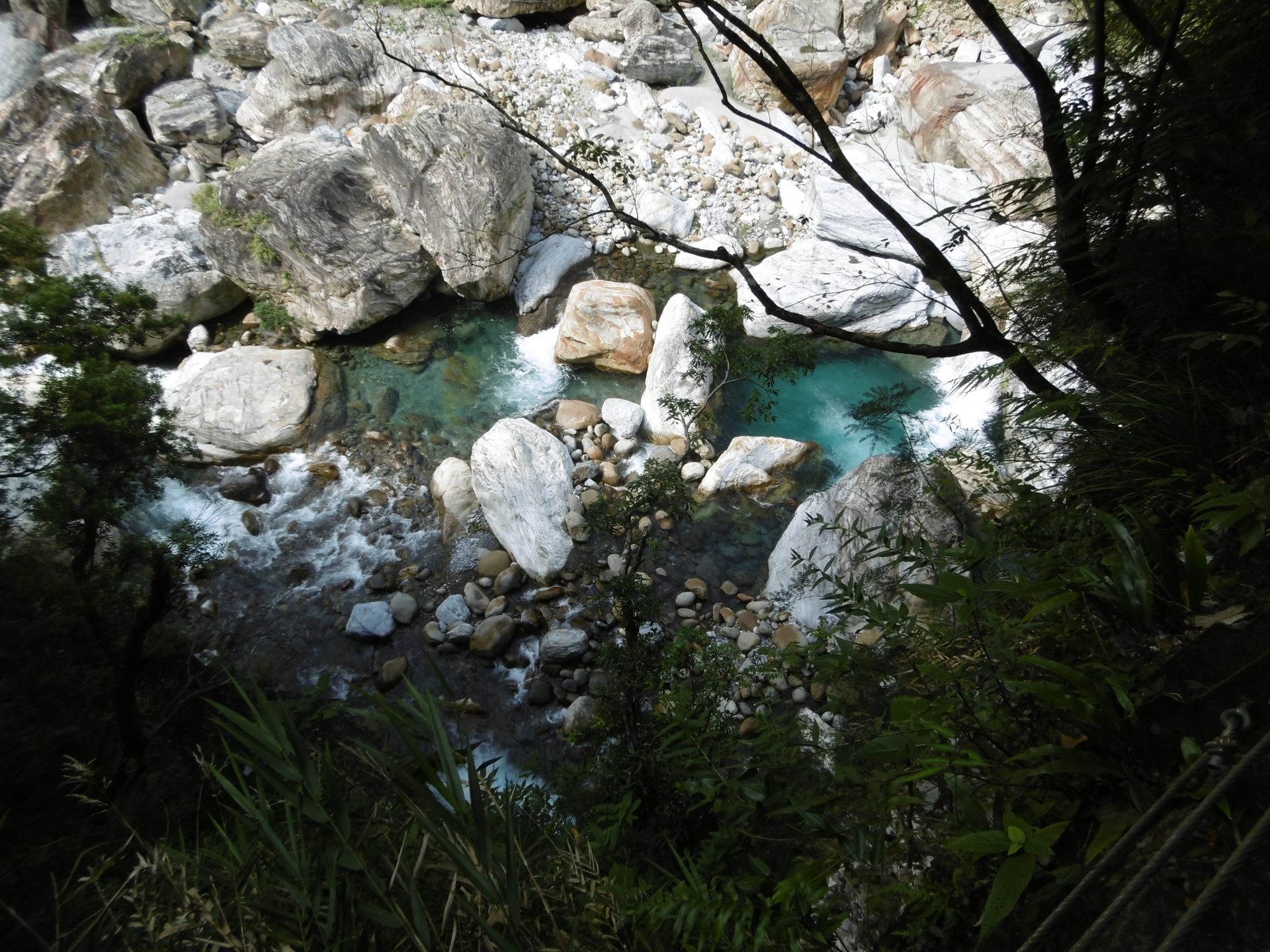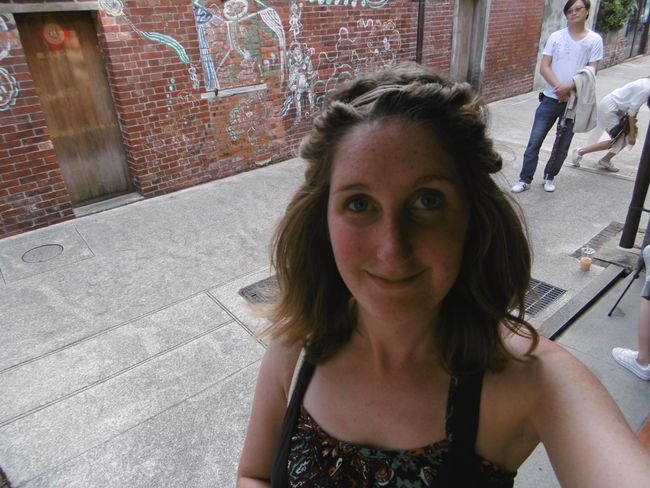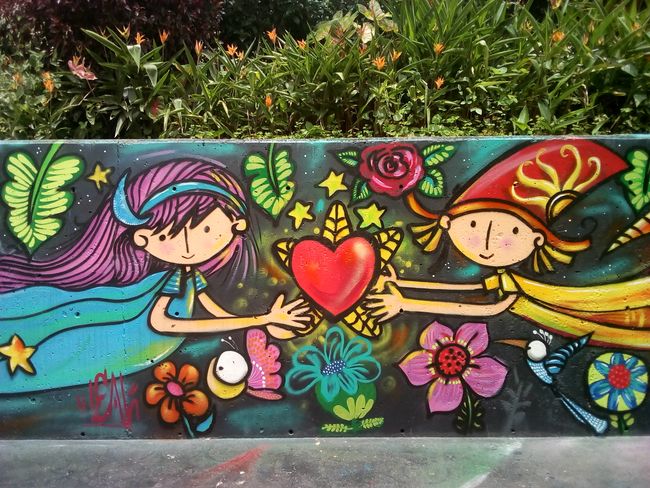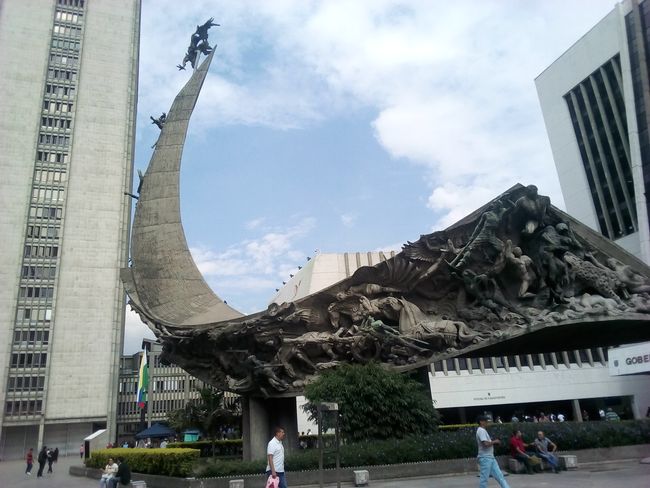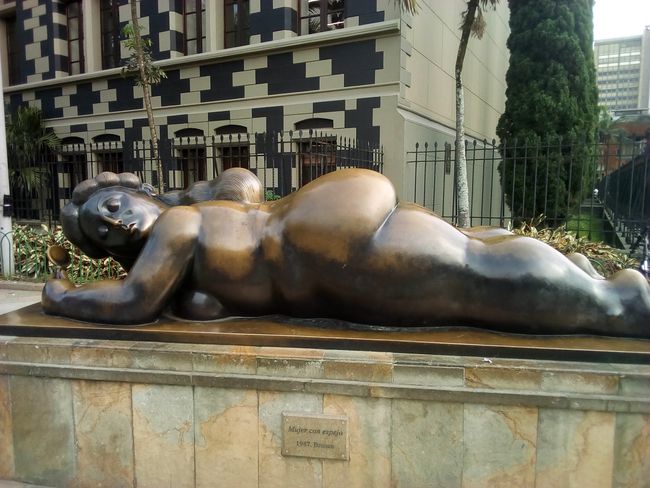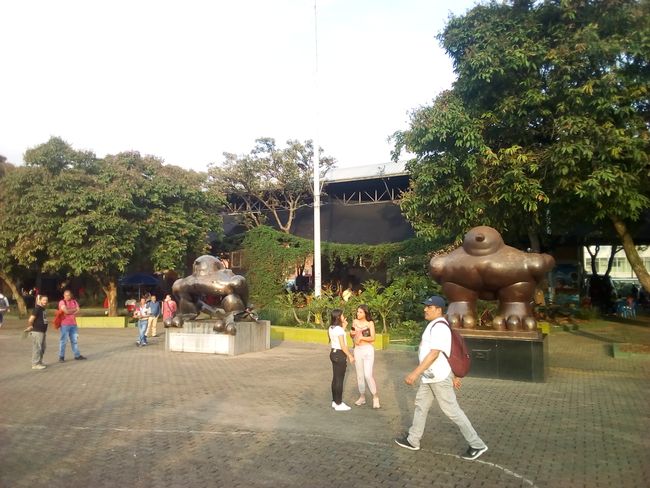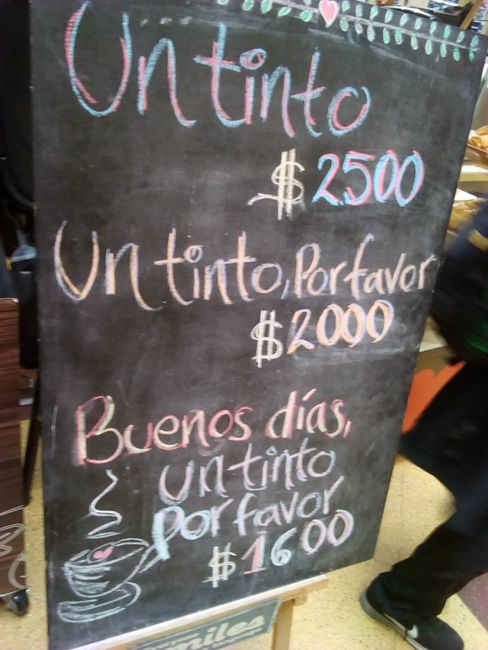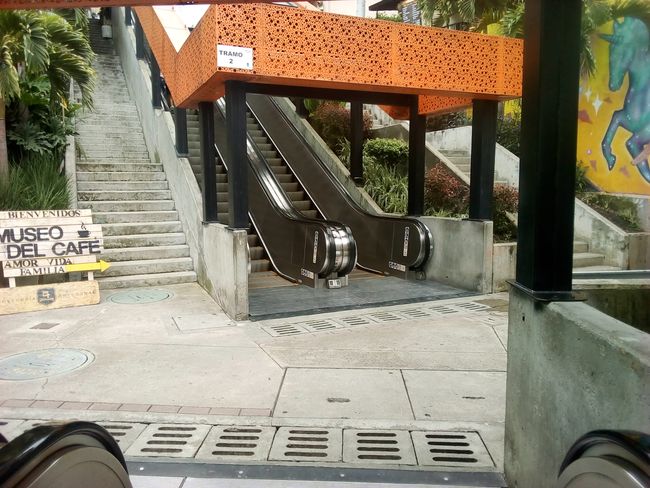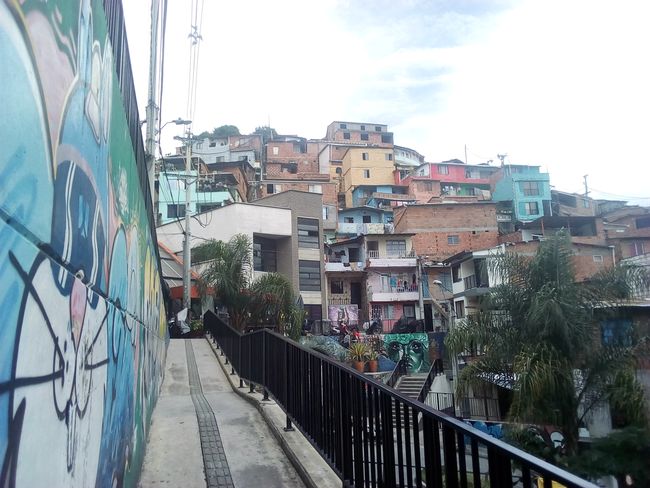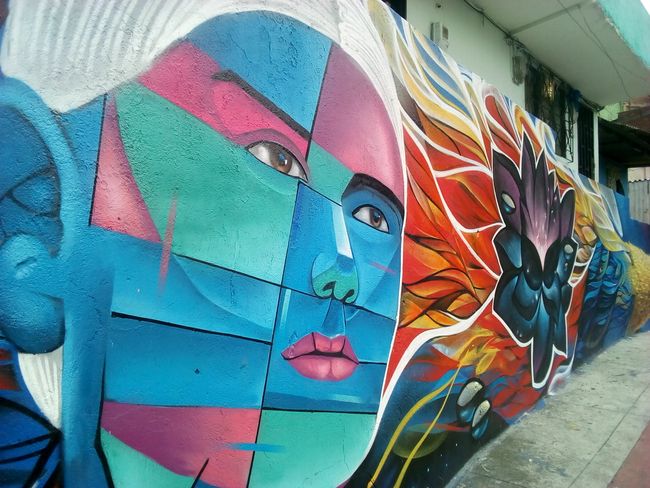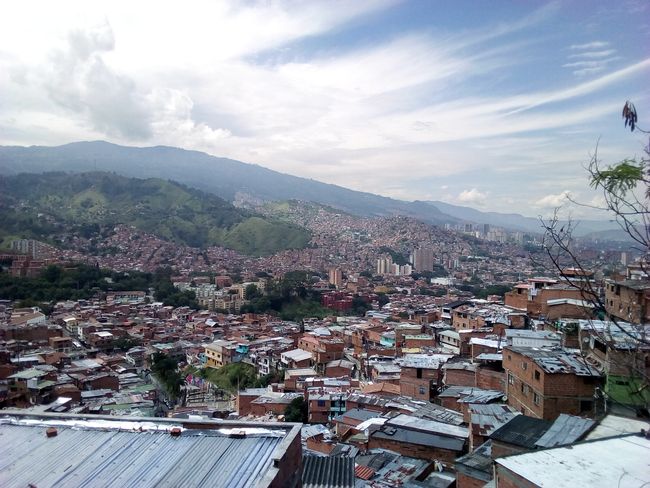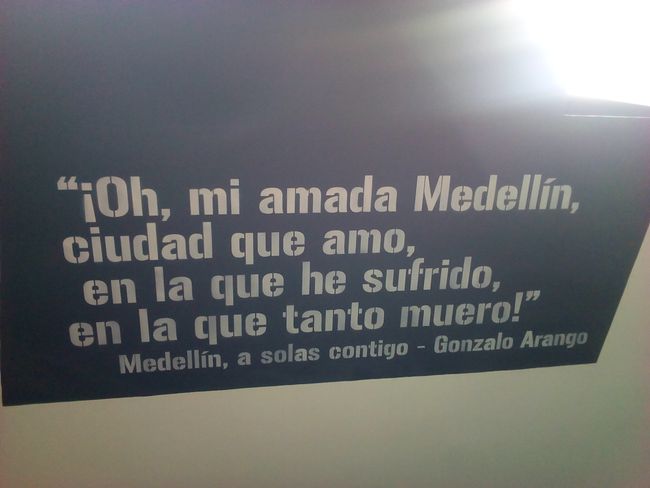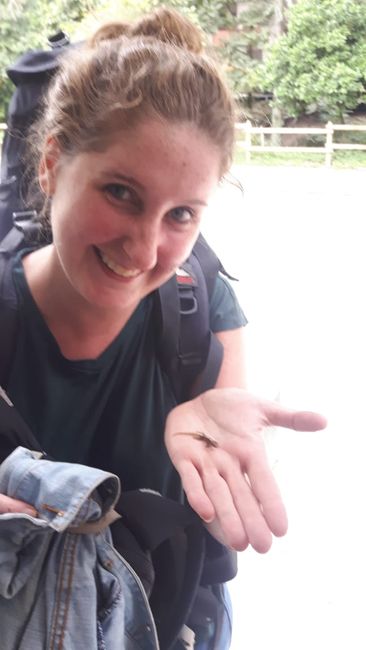Medellin - History and Culture
បោះពុម្ពផ្សាយ: 06.07.2019
ជាវសំបុត្រព័ត៌មាន
Next, I took a bus to my next destination: Medellin. I expected the journey to take about 5 hours. In the end, it took 7 hours. By the way, Colombian buses distribute vomit bags at the beginning of some routes. The route to Medellin was one of them, as the road becomes very curvy towards the end and the bus driver was not exactly gentle... I learned that some Colombians actually use the bags. (Luckily, I didn't need one!)
So, I arrived in Medellin later than expected and had to find a taxi to my hostel. Some taxi drivers seemed a bit suspicious to me. That's why I spoke to some other backpackers who were waiting with me and eventually found a Dutch couple who were heading in a similar direction and kindly shared the taxi with me. My hostel was located in a nice residential area and run by the kindest people. So, if you ever find yourself in Medellin, I highly recommend the Mochi-llin Hostel!That same evening, I booked a Free Walking Tour for the next day to learn more about the city and its turbulent past. It was the hometown of Pablo Escobar and the scene of battles between Colombian drug cartels.
Our tour guide was a 31-year-old Colombian woman from Medellin who had experienced the violence in Medellin firsthand and whose uncle had disappeared without a trace at that time. This made the stories she told even more impressive to me.
She mainly talked about how the city - and especially the city center - transformed from a criminal place into a relatively safe and livable area. The concept of 'democratic architecture' was used for this. That means places that were particularly dangerous were redesigned to be accessible and attractive to the general population. Sufficient lighting was provided, open spaces were created, and libraries were built that are freely accessible to everyone. This concept worked well. Today, at least during the daytime, you can move around the city center safely, although you still have to be cautious of pickpockets like in any big city.Our tour guide also emphasized that despite all the tragedies, the Colombians and the Paisas (residents of the Medellin region) in particular always maintain a positive attitude. Our tour ended at a square where two bird statues by Botero stand. One is destroyed and the other is intact. The first one was destroyed in a bomb attack during a concert. Initially, it was supposed to be removed and replaced with the new statue. However, Botero insisted that the destroyed statue should remain next to the new one. For the people of Medellin, the birds are a symbol of looking positively towards the future despite the dark past.
The tour guide also gave us some tips for activities in Medellin, some of which I followed. The next morning, I went to 'Comuna 13', a slum that was a battleground for cartel wars in the past. Today, the neighborhood is safe and attracts many tourists with its graffiti and colorful houses. There are also many souvenir shops and various tours through the neighborhood. Moreover, from the highest point of the hillside area, you have a beautiful view of Medellin. By the way, you can reach the top via escalators, which played a special role in pacifying the neighborhood. However, I didn't quite understand how exactly.I decided against taking a tour and explored Comuna 13 on my own. As I strolled through the neighborhood, I somehow felt like a voyeur, and everything seemed artificial and made for tourists who want to get a taste of the atmosphere of a war-torn slum.What impressed me more was the exhibition at the House of Memories, which I visited afterwards. It displays testimonies from various actors - politicians, activists, (uninvolved) civilians, etc. There is also an electronic library of newspaper articles that you can browse through. Although everything is in Spanish and I didn't understand everything, it was very impressive and moving for me, especially because it is not too far in the past.By the way, not everything is fine in Colombia today, and the country is far from not producing drugs. The people in the country mainly complain about a strongly corrupt political system, and according to my tour guide, far more cocaine is produced now than in Escobar's time.
I also spent the evening at a museum. The Museum of Modern Art had an open day. It displayed artworks by various artists on different topics. The theme of the civil war played a role here as well as the influx of refugees from Venezuela.With all these stories and impressions from Medellin, I set off the next morning by plane to my next destination on the Caribbean coast of Colombia.ជាវសំបុត្រព័ត៌មាន
ចម្លើយ
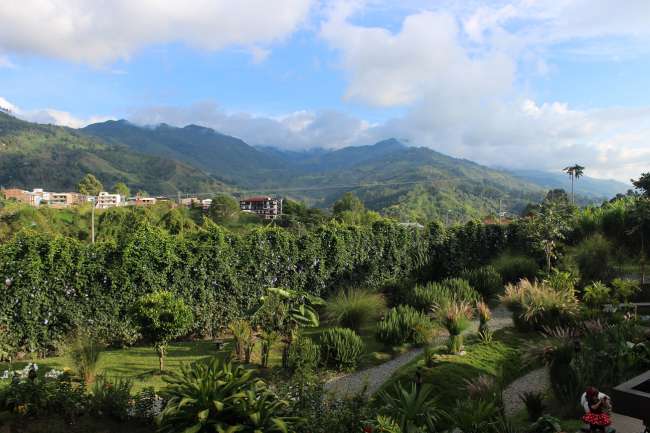
របាយការណ៍ធ្វើដំណើរ កូឡុំប៊ី
